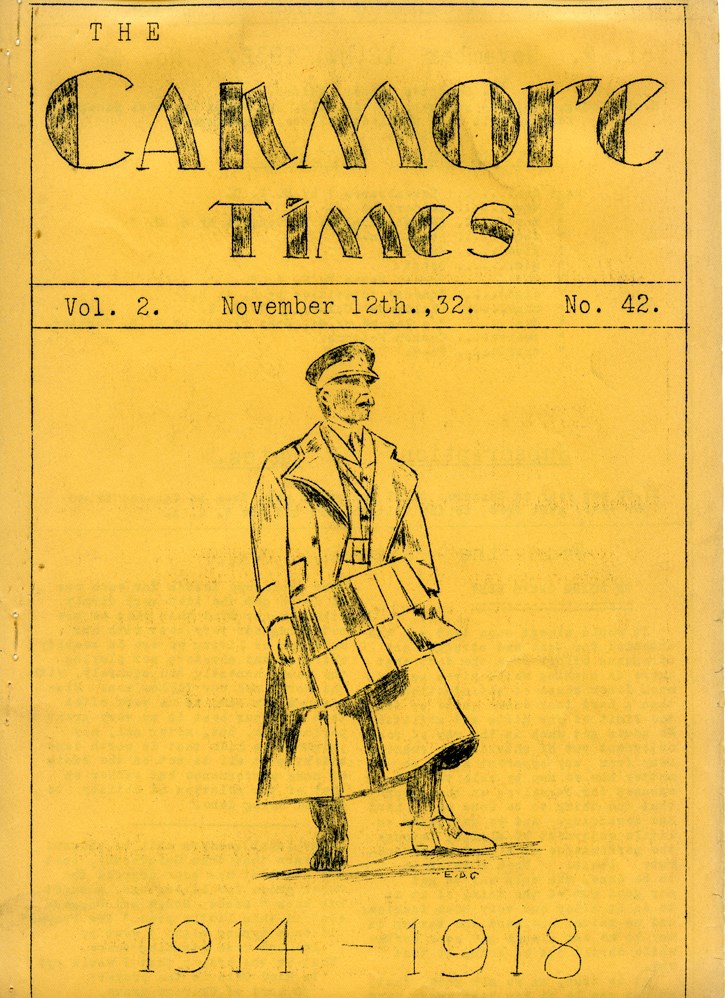Prior to what Canadians now call Remembrance Day, Nov. 11 was known as Armistice Day.
It was a moment to reflect on the hostilities, horrors, and heroism of the First World War, the bloodiest and deadliest conflict in the nation’s history, which took the lives of more than 60,000 Canadians.
Travelling through the Canmore Museum and Geoscience Centre’s vault, it is clear Canmore turned out in great numbers to support Armistice Day. Archived copies of The Canmore Times, the town’s local paper in the 1930s, reveal a community that decorated halls with arches of evergreen and the words Ypres, Sanctuary Wood, and Vimy Ridge.
Notable residents, like Rev. Kettyls, spoke of the “brave way in which fine fellows laid down their lives” and reminded those attending the ceremonies to “measure up to the tasks of life as these men had met the terrible responsibilities of the war days.”
Armistice Day was always a solemn event, but beneath the surface there were growing concerns and divisions about the prospect of another world conflict and what Canada’s role should be in it.
Canmore residents had many strong opinions during the interwar period, which was marked by the end of the First World War in November 1918 and the beginning of the Second World War in September 1939.
Various editorials in The Canmore Times called for restraint and appealed for world peace. There were hopes that the League of Nations and the Disarmament Conference would broker a new era of peace between nations.
The talks broke down when Hitler withdrew from both the Conference and the League of Nations in 1933. Others residents questioned the wisdom of “ruthless passivism.”
While opinions were diverse, there was a growing consensus that world powers were stockpiling arms and enlisting a new generation of men, making the next world war appear unavoidable.
Even in times of relative peace, Canmore residents sensed change. They noted with alarm the decline of representative governments and the resurgence of dictatorships. They also never forgot the sacrifice of the 60,000 Canadians who valiantly fought and died in the First World War, and the thousands more who returned home maimed for life.
And yet, residents questioned those who profited from armament sales and warned against “statesmen with inflated egos” and “patriots and flag wavers who are always eager to shed someone else’s blood.”
The Canmore Times and other resources located at the Canmore Museum and Geoscience Centre not only preserve war artifacts, they tell of a range of opinions and stories about events that have shaped our country, our community, and indeed, our own lives.
Historically, residents have closely followed world events and held diverse opinions about armed conflict, wars and the prospect of peace. You can view copies of The Canmore Times by contacting the museum.
Jason Gariepy is the executive director of the Canmore Museum and Geoscience Centre. The museum is open Monday to Thursday from noon to 4 p.m., and Friday to Sunday 10 a.m. to 4:30 p.m.




